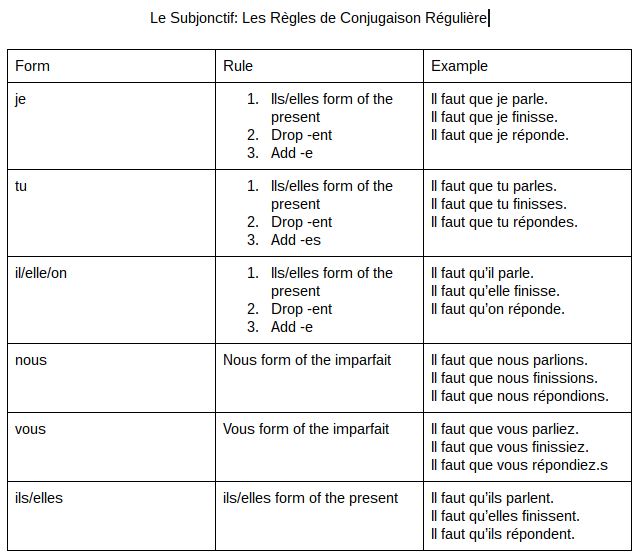
This is why I have come to ask myself to repeated question: is it me, or is it French? Surely, I think to myself, I am not the sole cause of these gaucheries. This is due to the fact that, despite my impressive track record at home, somehow the language barrier and cultural differences only add to the many diverse displays of ineptitude I experience in the U.S. – It had sold before the summer.Much of this blog seems to center around my awkward interactions and situations in France. The house had gotten sold before the summer. The house had been sold before the summer. The course had been given before the summer. agrees in gender and in number with that direct-object reflexive pronoun – ie. ( Note: When using the "Passif pronominal (direct)" format, the reflexive pronoun is also the direct object (of the participe passé ( p.p.) of the main verb) and it also precedes the p.p., so the p.p. Sujet (nom ou pronom, inanimé, – objet direct du verbe principal) + s' + ( étai t, étaient) + verbe principal ( p.p.)(e.s.es ) Ģ8B.4 Passif pronominal– ( Plus-que-parfait) The (female) candidate/She had gotten spoken to. The (female) candidate/She had been spoken to. The (male) candidate/He had gotten spoken to. The (male) candidate/He had been spoken to. Note : In this context, the subject pronoun " On " means " someone unspecified " In this section, the examples use the " speak " meaning. The verb " parler " can mean speak or talk. ( Note: The participe passé ( p.p.) never agrees with an indirect object.) On (sujet indéfini) + pronom objet indirect + avait + verbe principal ( p.p.) When the indirect object appears as a pronoun: On (sujet indéfini) + avait + verbe principal ( p.p.) + objet indirect. When the indirect object appears as a noun: Ģ8B.3 Passif in direct– ( Plus-que-parfait)

Note : In this context, the subject pronoun " On " means " someone unspecified ". agrees in gender and in number with that direct object.)

( Note: When there is a direct object, and it precedes the participe passé ( p.p.), the p.p.

On (sujet indéfini) + pronom objet direct + avait + verbe principal ( p.p.)(e.s.es). When the direct object appears as a pronoun: On (sujet indéfini) + avait + verbe principal ( p.p.) + objet direct.

When the direct object appears as a noun: Ģ8B.2 Passif direct– Option 2 – ( Plus-que-parfait) agrees in gender and in number with that subject/direct object.) ( Note: When using the "Passif direct" - Option 1" format, the subject of the verb "être" must also be the direct object of the participe passé ( p.p.) of the main verb, and because it also precedes the p.p., the p.p. Sujet (nom ou pronom, objet direct du verbe principal) + ( avais, avais, avait, avions, aviez, avaient) + été + verbe principal ( p.p.)(e.s.es). 28B.1 Passif direct– Option 1 – ( Plus-que-parfait)


 0 kommentar(er)
0 kommentar(er)
